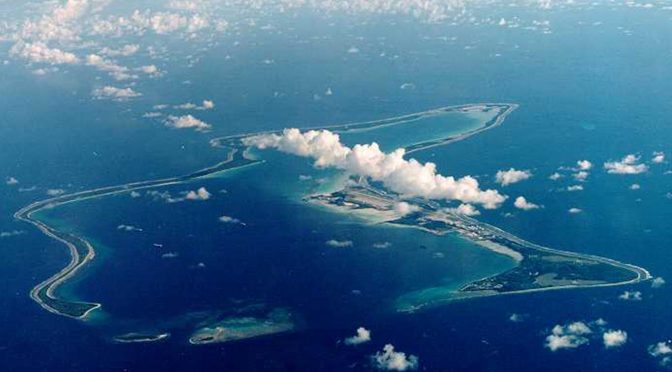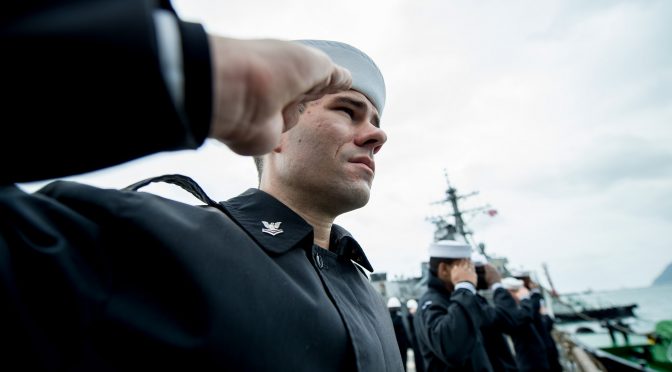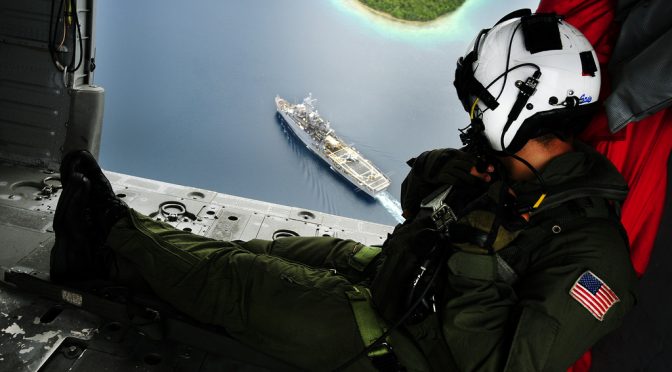By Vivek Mishra
The Indian Ocean together with the maritime area of the Asia-Pacific should be on the high priority list for the next Administration. The region has been witnessing a twin factor rise in its importance: the rise in trade transmission through the Indian Ocean has increased tremendously over the past decade, besides witnessing a dramatic ascendancy in strategic importance owing to vulnerabilities of geographic choke points and more importantly, an ever increasing Chinese presence.
Increasing Chinese inroads in the Indian Ocean was not perceptively noticed by the last administration in Washington. The Indian Ocean seems likely to represent the maritime arena that would bear the second thrust of Chinese maritime power after the South China Sea. The Chinese leased their first international naval base in Djibouti denoting the extra-regional dimension of what is increasingly being seen as China’s hegemonic rise. The increasing Chinese submarine presence in the Indian Ocean is a real and present danger for the countries of the Indian Ocean littoral and should definitely concern the U.S. Navy which has been actively present in the Indian Ocean since the Cold War; both on and beneath the surface.
The Indian Ocean for the next administration, then, could be a ground to better facilitate coordination between two important numbered fleets, the Fifth and the Seventh Fleets. Hitherto, the Indian Ocean’s maritime expanse has been divided between the two numbered fleets of the U.S. Navy with respective Areas of Responsibility. However, to increase effectiveness and coordination, particularly in the backdrop of strategic augmentation of the Indian Ocean, the two numbered fleets should be given some overlapping areas in the Indian Ocean. These exchanges could be coordinated with strong regional navies in the Indian Ocean such as India’s. Given increasing maritime coordination between the two navies, such collaborations would bolster maritime reconnaissance in the Indian Ocean and enhance submarine tracking capabilities in the region.
The forward presence of the U.S. Navy in the Indian Ocean has for much of the past been eclipsed by fleet concentration near the Gulf region in the Arabian Sea. It will be timely for the next administration to increase Diego Garcia’s role in military coordination. With India’s recently leased Assumption Island (from Seychelles) not very far from Diego Garcia, there is enough potential to impart a fresh impetus to joint reconnaissance and submarine tracking in the Indian Ocean waters under the next administration.
Vivek Mishra is an Assistant Professor in International Relations of Asia at Netaji Institute for Asian Studies, Kolkata, India and was previously a Fulbright Scholar at Columbia University.
Featured Image: The island of Diego Garcia in the Indian Ocean. (Reuters)




